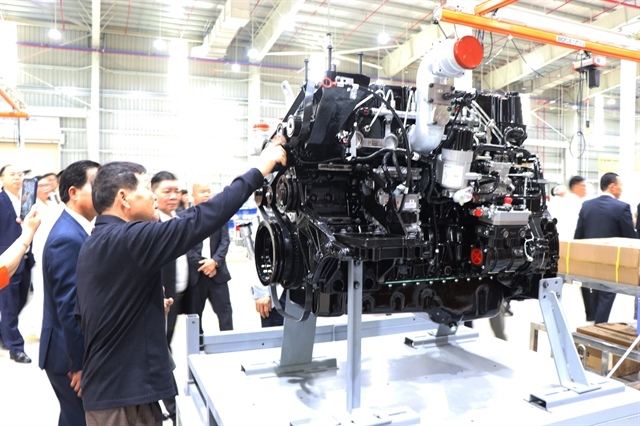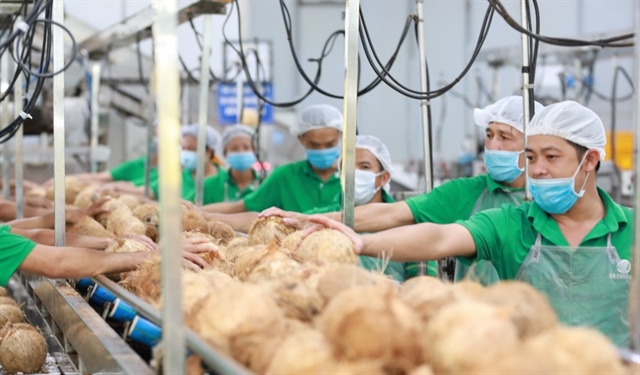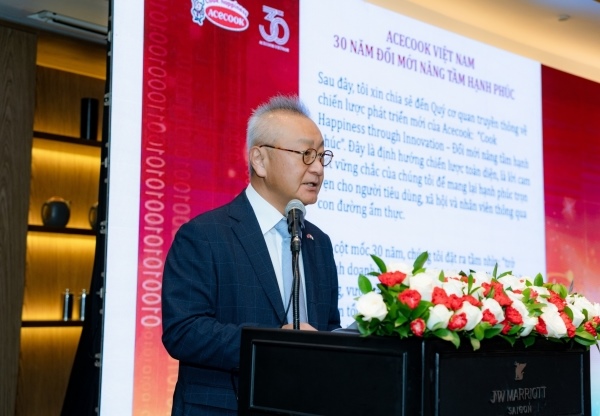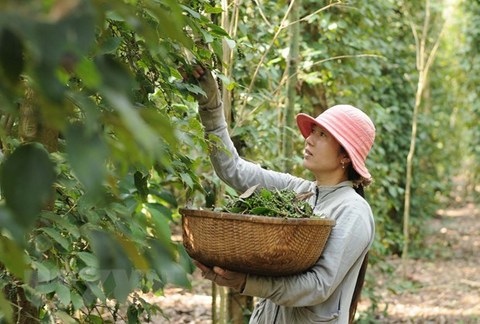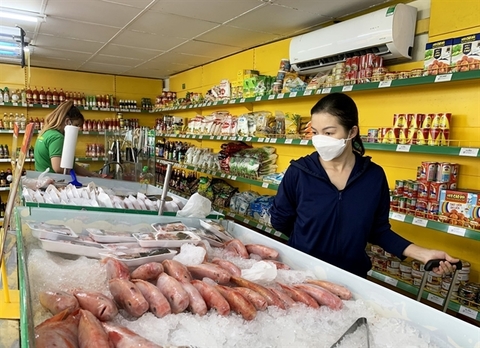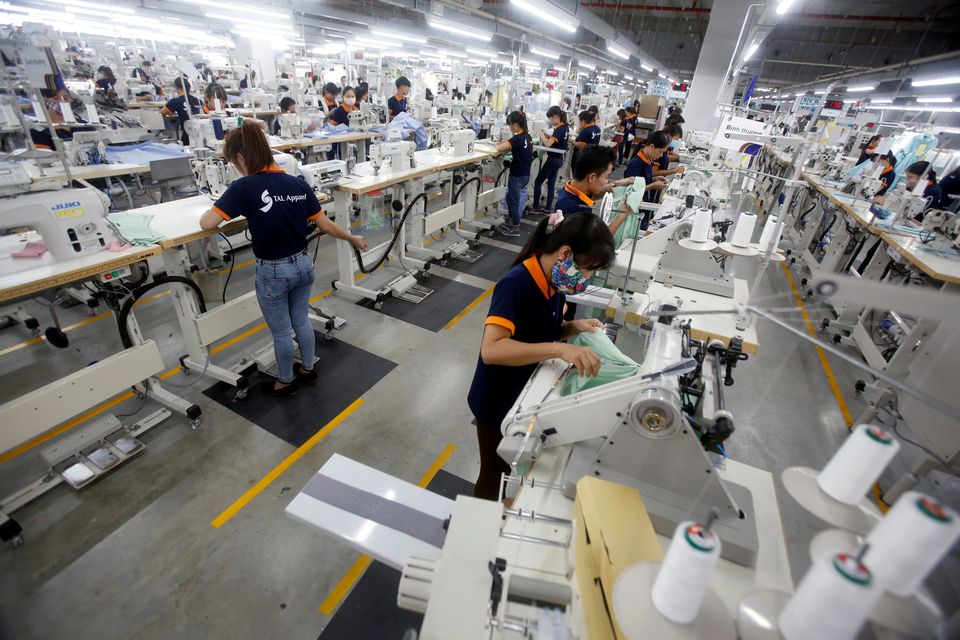Seafood exporters tasked with improving their game
Seafood exporters tasked with improving their game
Amid high inflation and the devaluation of the Euro, tie-ups with the European continent are providing an opportunity for fisheries to be more active in sustainable development and up their game when it comes to the agreed rules of origin on seafood exports to the EU market.
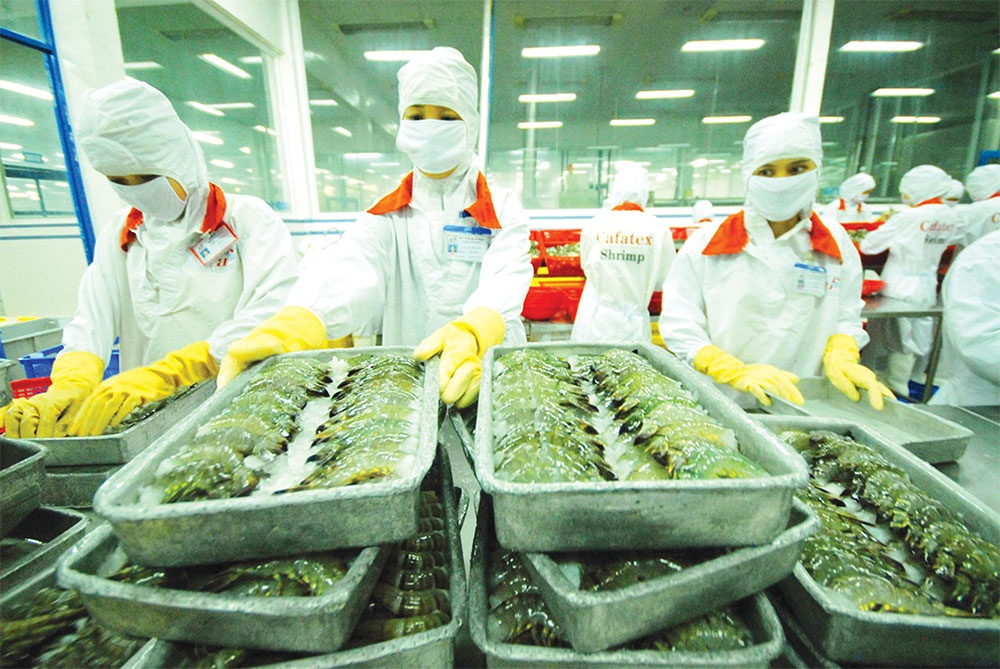
At Thai Minh Long Seafood Co., Ltd. in the Mekong Delta province of Bac Lieu, the best shrimp shipments are being prepared for export to the European market, which is the basis for this business to achieve its growth target of 150 per cent in 2022. Thai Minh Long has signed more than 80 per cent of contracts in 2022 and is “continuing to restructure the processing line to better meet the EU’s requirements on the rule of origin,” said Tran Van Dieu, chairman of Thai Minh Long.
Vietnam’s seafood exports in 2022 could reach $10 billion with the contribution of signed trade deals. The zero-tariff advantage from Vietnam’s agreement with the EU (EVFTA) is rendering Vietnam’s seafood prices more competitive in the bloc, but it entails the challenge of implementing regulations on the origin of seafood input materials.
Tran Van Lap, chairman of Loc Kim Chi Seafood JSC in the Mekong Delta province of Vinh Long, admitted, “Domestic raw materials and production capacity cannot fully meet the criteria on the EVFTA’s rule of origin in the short term. Raw materials for seafood processing in Vietnam still depend on imports, especially shrimp.” He said that the lack of synchronous infrastructure and high production costs and prices are “reducing competitiveness” compared to shrimp materials of other countries.
Europe is paying more attention to food safety, especially after the pandemic. Claus Nodrup, sales manager of the Frozen Seafood Department at I. Schroeder KG from Hamburg at a webinar in April this year, said, “The demand and selling price of seafood originating from Vietnam is increasing.” He noted, however, that businesses in the EU require imported products with transparent, honest, and accurate certifications.
Over time, the EU has gradually tightened the rules on socially and environmentally-responsible production practices for imported seafood. For instance, the most important part of the new EU organic farming regulation is that producers from developing countries must comply with the same set of rules as European ones. The EU wants to ensure that all organic products sold in its territory are of the same standard.
The European Commission (EC) in March further presented an action plan for the development of organic production with the aim to promote the production and consumption of organic products, including organic aquaculture. The action plan is also designed to drive demand, maintain consumer confidence, and bring organic food closer to the nearly 600 million people in the market.
However, meeting the rules of origin will be more difficult. The EC started applying a new maximum mercury residue threshold on May 3, stipulating that mercury residues in seafood can range from 0.3-1 microgramme per kg, depending on the product type. Products already on the market will be consumed until their respective expiry date.
Truong Dinh Hoe, general secretary of the Vietnam Association of Seafood Exporters and Producers (VASEP), said, “Implementing the rules of origin of goods has many problems. Similar to most rules of origin in other trade deals, the EVFTA requires that seafood materials used for semi-processed or processed seafood must be raised, harvested, or caught in Vietnam, or alternatively originate from the EU. For example, for caught seafood, especially tuna, more than four-fifths of raw materials must be imported from countries and territories that do not have FTAs with Vietnam.
“Seafood and tuna exporters have not taken full advantage of the FTA with the EU,” commented Hoe. “Additionally, the HS code conversion criteria have not been expanded, making it impossible for enterprises to use materials imported from countries outside the bloc for production and export to the FTA’s member countries.
According to the VASEP, the EU is a large market with many market segments and products. Over the past 10 years, Vietnam’s seafood production has increased steadily from 4.9 million tonnes in 2009 to 8.7 million tonnes in 2021. Vasep believes that Europeans are increasingly preferring products with white fish because of health factors, while the awareness of environmental protection and seafood resources also raises, offering opportunities for farmed fish for export.


